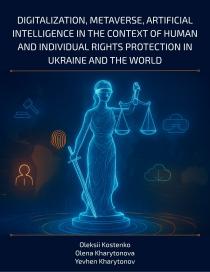ARTIFICIAL INTELLIGENCE FROM A TECHNICAL PERSPECTIVE
Synopsis
This monograph section provides a comprehensive analysis of the evolution, technological foundations, and current applications of artificial intelligence (AI), with a particular focus on its role in cybersecurity. We present a historical overview of AI development, tracing its path from the early conceptual ideas of the mid-20th century to the emergence of modern deep learning technologies, generative models, and large-scale Transformer architectures. Special attention is given to the critical technological breakthroughs that enabled the rapid growth of AI capabilities, including advances in computing hardware, neural network architectures, and algorithmic training methods.
We examine the technical foundations of AI systems, focusing on the architecture and operation of artificial neurons and neural networks. The discussion covers core machine learning and deep learning techniques, with particular attention to natural language processing models such as Transformers, BERT (Bidirectional Encoder Representations from Transformers), and GPT (Generative Pre-trained Transformer). The role of generative adversarial networks in advancing creative and synthetic AI applications is also analyzed, with a focus on their technical mechanisms and real-world uses.
The concept of explainable AI is considered, addressing the growing need for transparency, interpretability, and accountability in the deployment of complex AI systems. Various technical approaches to model explainability are discussed, including their strengths, limitations, and significance for trust-building in critical domains.
The integration of artificial intelligence into cybersecurity is presented as a transformative force, significantly enhancing capabilities in threat detection, anomaly analysis, intelligent event processing, cryptography, steganography, and the development of autonomous defense agents. Through the lens of cybersecurity, we underscore AI's pivotal role as a foundation for proactive, resilient, and adaptive digital protection strategies in an increasingly interconnected and volatile technological environment.










